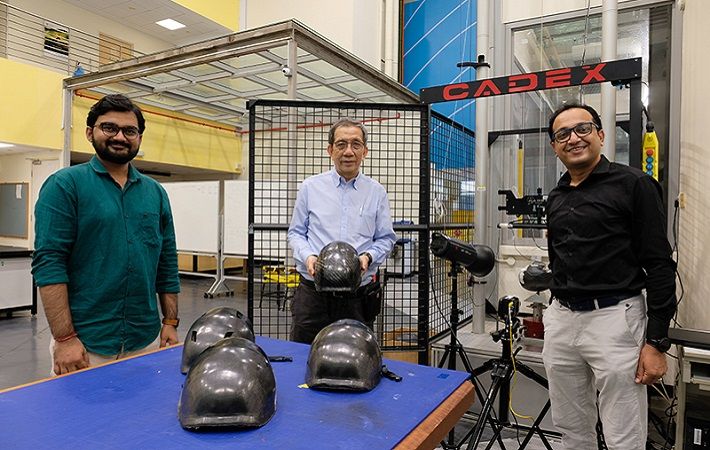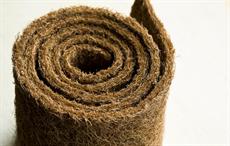
The outer shell is also reinforced with carbon fibre to make it tougher, stiffer and less brittle than a polycarbonate shell. It increases the helmet’s contact time, which is the total time of impact in which the helmet experiences impact load, the two entities said in a joint statement.
The properties allow the outer shell to absorb more impact energy over a longer period, while also dissipating it evenly throughout the helmet. This results in less overall force reaching the head, thereby reducing the chances of critical injury.
To test the helmets, the team sent them hurtling at high speeds down at metal anvils with enough force to crack open a durian. The helmet’s composite outer shell was able to absorb the bulk of the impact, providing better results than current mass-produced helmets.
The NTU team worked with Arkema engineers to develop a moulding process for Elium to manufacture stronger bicycle helmets. Helmets produced through this method would offer the same protection of current top-tier helmets, but potentially at the price of mid-tier helmets.
Fibre2Fashion News Desk (KD)

